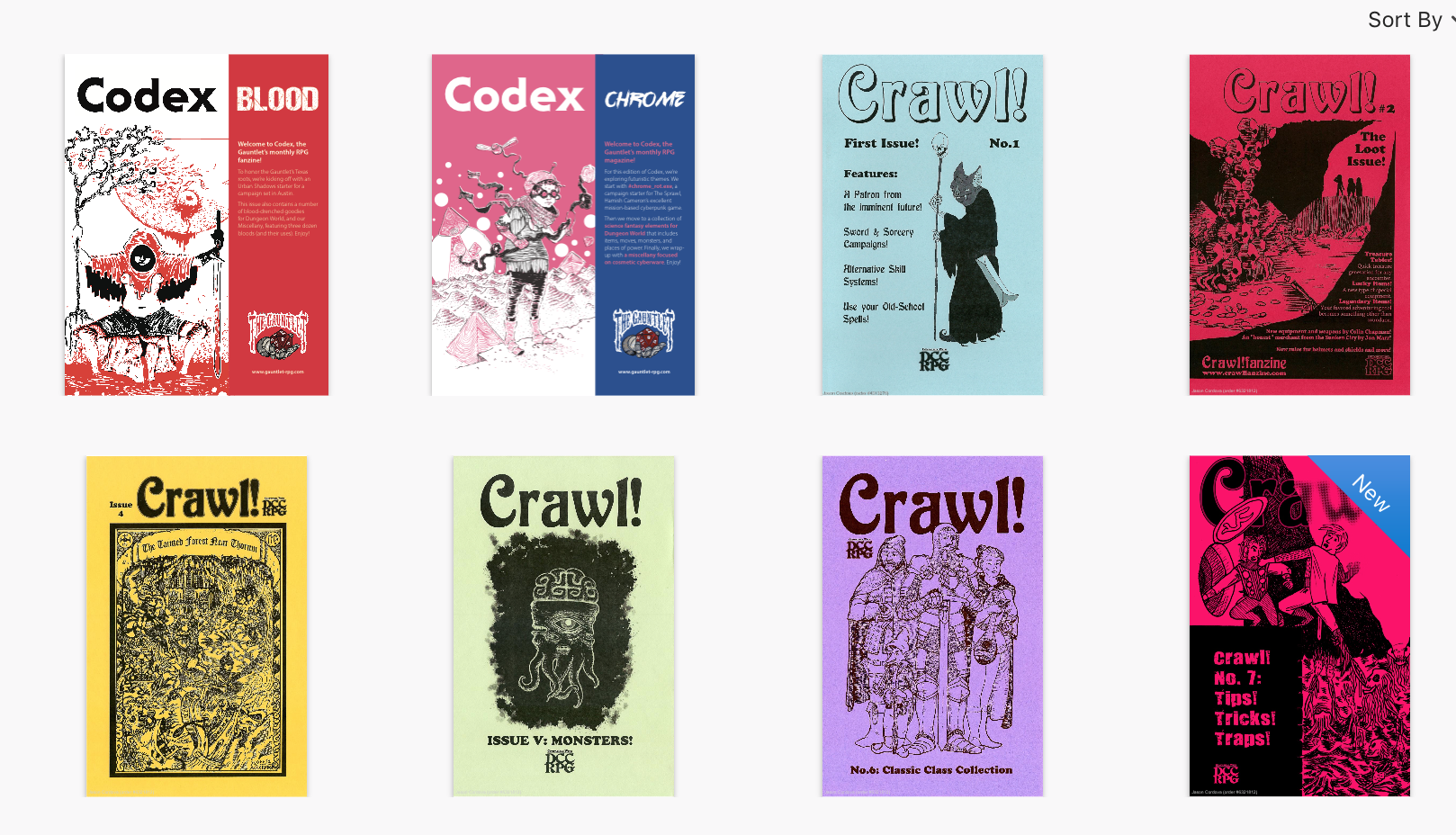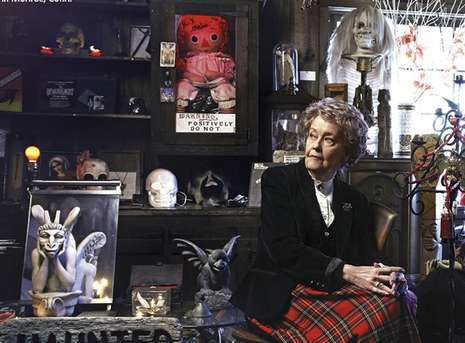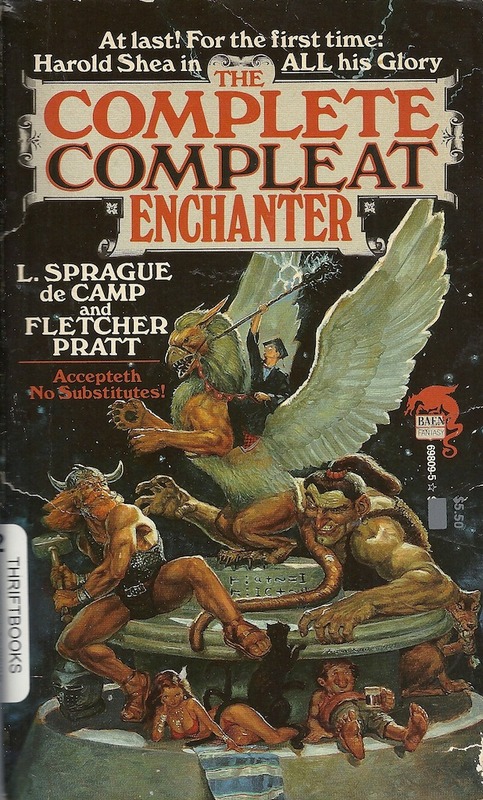Since this community seems to enjoy some of the actual play postings from those of us that play games with our kids, I thought you might get a kick out of what playing role playing games with kids can inspire.
Scout is my oldest daughter. We’ve been playing a game of #TheWarren set in our neighborhood together for a couple weeks. This was a school assignment to make a diorama.
Originally shared by Jim Jones
Scout finished her suburban diorama of the neighborhood where we play #TheWarren
Scout’s finished diorama included a complete wrap around cover of The Warren rulebook, three dimensional trees, and a hanging crescent moon to round out the night sky that wrapped around and hung over it.
Click through to see more of the pictures that I posted to Twitter.




